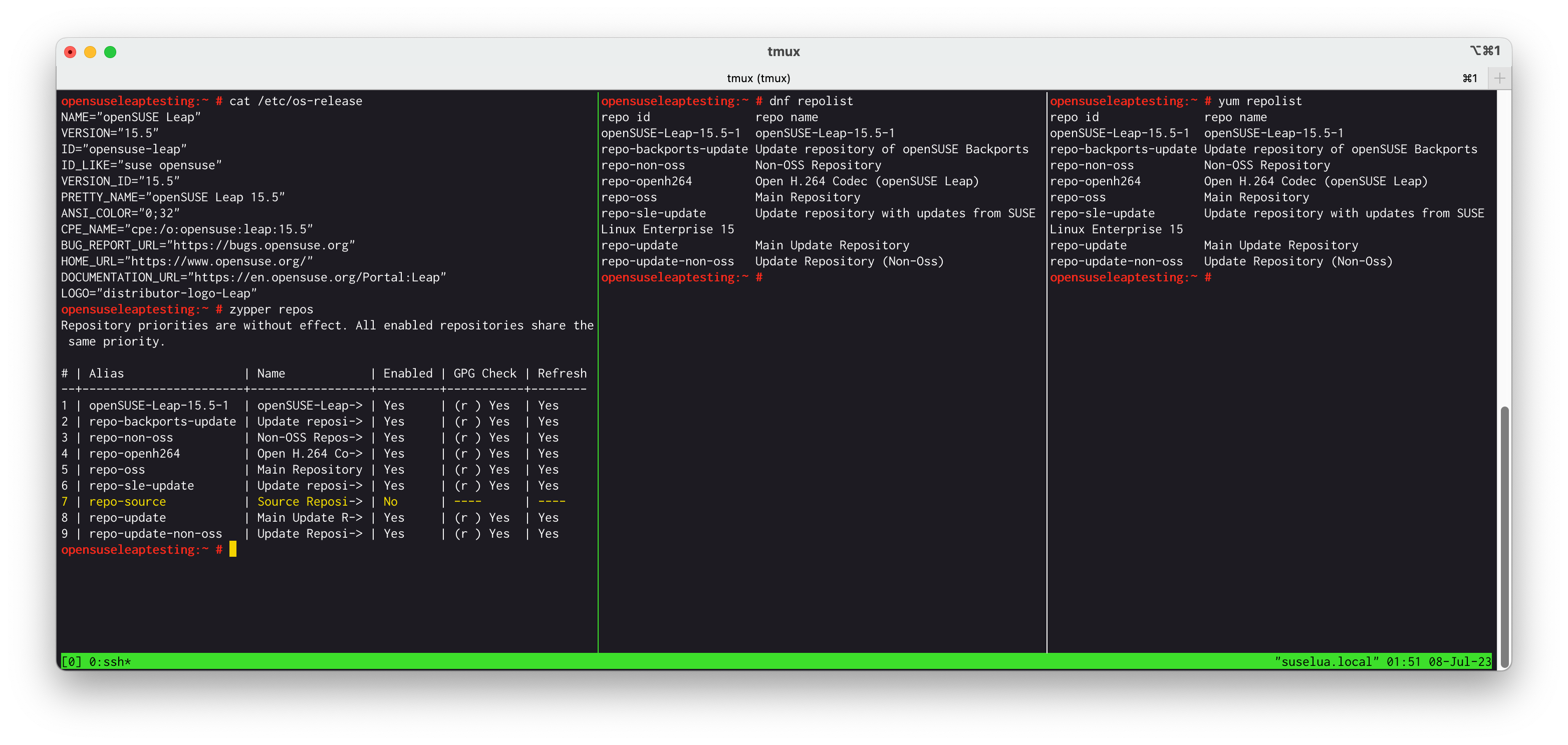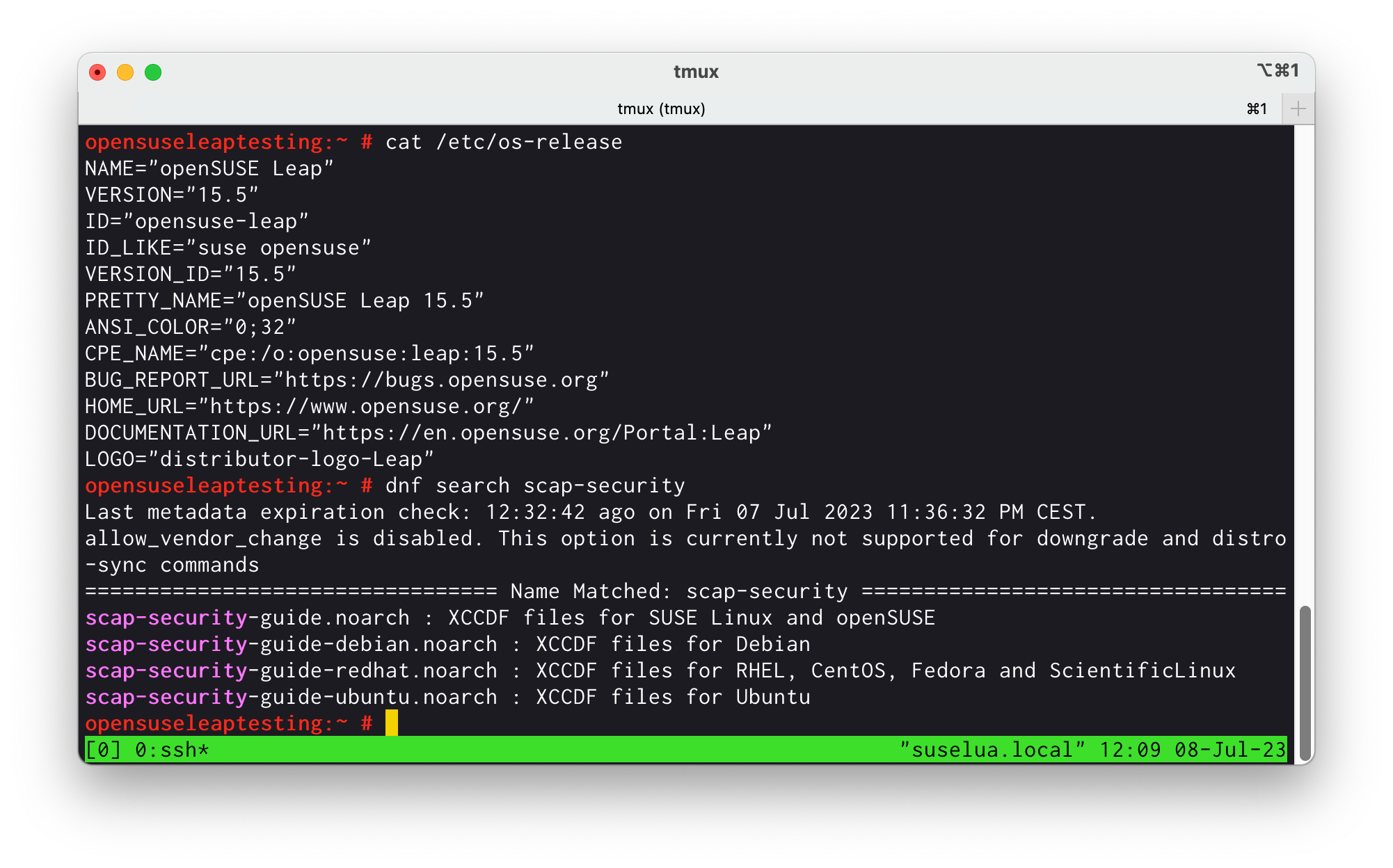From CentOS to openSUSE Leap: How to Feel at Home
Introduction
Welcome back to our blog series, where we delve into the world of openSUSE Leap and its appeal to CentOS users.
If you’re a sysadmin looking for a flexible and familiar Linux distribution, openSUSE Leap has got you covered. With a focus on inclusivity, openSUSE Leap incorporates tools and ideas from the SUSE community and beyond, enhancing flexibility and freedom of choice. This makes it a versatile platform that feels right at home for CentOS users.
In this blog post, we’ll explore how openSUSE Leap bundles a wealth of tools and technologies that align with CentOS, making your transition seamless and hassle-free. From installation to configuration and day-to-day operations, you’ll find familiar tools and concepts, resulting in a reduced learning curve and an effortless experience.
Familiar tools and frameworks in openSUSE Leap for CentOS users
Imagine you have to manage an openSUSE server that utilizes:
- Ext4 file system with LVM volumes
- SELinux binaries and libraries (with sample security policies available here)
- firewalld for network security
- Network configuration through NetworkManager
- Package management with yum or dnf
- Automated configurations with Ansible playbooks
Wouldn’t you feel right at home? The learning curve would be minimal.
For instance, in an openSUSE server, you can use yum/dnf or our very own zypper to manage repositories and install packages:

Easy, isn’t it?
And we’re only scratching the surface of system configuration. You can expect all the well-known Linux tooling to be available, just like in many other Linux distributions.
When it comes to package availability, openSUSE offers a vast library of packages through the Open Build Service (OBS), making it one of the biggest package repositories in the ecosystem. Moreover, both distributions support the use of Flatpak, a sandboxing technology that provides a safer way of delivering key software, immune to minor differences that may exist between distributions, such as package names, versions, or application and library paths.
Security and hardening
In today’s landscape, securing and hardening the entire OS is a formidable challenge for admins. Having access to security-certified software and widely adopted hardening frameworks and profiles is crucial, whether you use them as-is or as a starting point for your tailored approach.
While we’ll explore certification differences in a future blog, let’s focus on the hardening strategy.
Both openSUSE Leap and CentOS offer SCAP (Security Content Automation Protocol) with the openSCAP toolset. You’ll find it readily available and regularly updated. What’s more, openSUSE bundles both its own OVAL profiles and the ones from CentOS.

Both distributions also include the SCAP Workbench tooling, allowing you to customize and create hardening profiles. Additionally, industry-adopted hardening frameworks like CIS (Center for Internet Security) publish benchmarks that can be applied to openSUSE Leap using the SLES (SUSE Linux Enterprise Server) benchmarks. While there aren’t specific CIS benchmarks for CentOS Stream, you can utilize the ones available for RHEL 8/9, for all CentOS 8 or newer RHEL 9 clones.
What’s different in openSUSE compared to CentOS?
While many core components are either equal or highly comparable, differences do exist between openSUSE Leap and CentOS. These variances often revolve around more philosophical concepts, such as kernel compilation or distribution installation methods.
In our upcoming blog posts, we’ll explore further into these areas, covering the most relevant differences and their potential impact on migration. We’ll also explore migration tooling, with a special focus on the transformational roles of automation and AI in making migration processes easier and more affordable than ever before.
Summary
We’ve shown you that adopting openSUSE, whether for testing, migration, or as part of a healthy dual-vendor strategy with SUSE and Red Hat, can be less complex than you might think. So why not give it a try?
If you’re looking for further insights into what you can achieve by migrating to SUSE and openSUSE, check out other blogs in this series:
- 10 Reasons to Migrate from CentOS to openSUSE
- Step-by-Step Guide Installing openSUSE Leap on your virtualized environment
Ready to experience the power and flexibility of openSUSE Leap?
Related Articles
Jul 11th, 2022
Limited Time: Platinum Sponsor IBM Sessions Available
Apr 02nd, 2024
5 Reasons Why Linux Choice Matters
Jan 16th, 2024